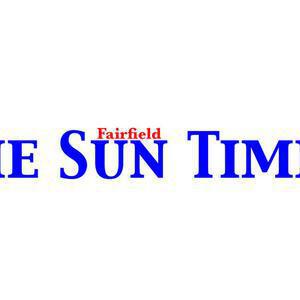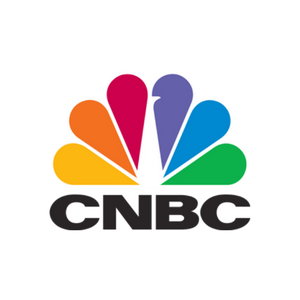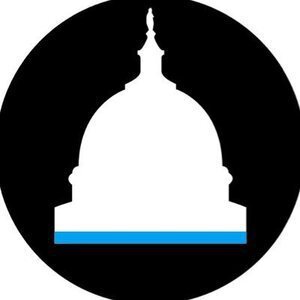Stocks entered bear market territory on Monday, April 7, as investors continued dumping stock in the wake of President Donald Trump’s tariff policies. The S&P 500, Dow Jones Industrial Average and Nasdaq each fell more than 4% to start the trading day, while the S&P 500 officially traded in bear market territory.
A bear market is typically when a stock index falls 20% from a recent high. In the case of the S&P 500, a weighted index of the 500 largest companies listed in the U.S., the most recent high is the closing record of 6,144.15, hit on Feb. 19.
Minutes after the stock market opened on Monday, the S&P 500 traded below 4,915, marking a more than 20% decline. If the S&P 500 closes the trading day below that mark, it will signify a bear market.
The cause of this trek into bear market territory is straightforward. President Trump’s widespread tariff policies rocked markets after he announced them on Wednesday, April 2, and stock markets around the world have been taking a beating ever since. By Monday morning, the S&P 500 had fallen more than 12% since Wednesday’s close.
“I don’t want anything to go down. But sometimes you have to take medicine to fix something,” Trump said about the stock market aboard Air Force One on Sunday, April 6.
Some global stocks have worst day in decades
The financial fallout is not limited to the U.S. In Asia, Hong Kong’s Hang Seng Index fell 13.2% on Monday, the most significant single-day decline since the 1997 Asian financial crisis. The index includes many companies involved in global trade on the Chinese mainland.
China announced it would retaliate against Trump’s 34% tariffs by implementing 34% tariffs of its own. It also targeted some American companies and plans to restrict exports of rare earth minerals.
Over the weekend, the 10% tariff baseline on all U.S. imports took effect. The so-called reciprocal tariffs are set to take effect on Wednesday, April 9, which includes that 34% levy on Chinese goods.
The Trump administration said more than 50 countries have reached out to negotiate trade terms.
An error in the equation?
While the Trump administration long referred to the coming tariff rates on other countries as reciprocal, the calculations point to a different equation. Straight Arrow News took a look at that formula and how each country’s “tariff rate” was calculated. Essentially, the tariff rate is equal to the trade deficit divided by U.S. imports.
The conservative think tank American Enterprise Institute said the more complex equation the White House claimed to use has an error that inflates the tariff rate.
“Their mistake is that they base the elasticity on the response of retail prices to tariffs, as opposed to import prices as they should have done,” the editorial reads.
If the error is corrected, the 49% tariff rate on Cambodia would change to 13%, for example.





















